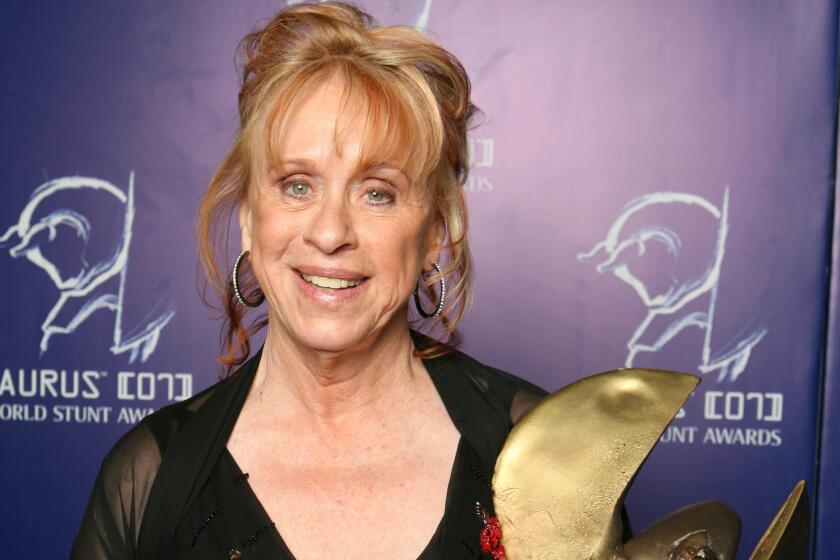‘Jumbo’ loans cheaper but tough to get
Looking for a mortgage that exceeds $729,750? Not long ago, you would have been charged about 8% interest on a loan that large -- if you could find a lender willing to grant you one.
Now, rates on these “jumbo” loans are much more affordable, having settled in the low 6% range, on average, for the last few weeks. But taking advantage of the lower rates remains tough.
“Availability is still an issue, and the bar is higher in terms of down payment requirements and credit scores,” said Greg McBride, a senior financial analyst at Bankrate.com, a personal finance website.
After the mortgage market began unraveling in late 2007, rattled investors stopped buying jumbos. Instead, they turned to loans that met the requirements of mortgage finance giants Fannie Mae and Freddie Mac. At the time, the two companies did not buy loans that exceeded $417,000.
Rates on loans larger than that amount shot up. And borrowers in pricey areas got shut out of the housing market or lost a chance to refinance.
To help lower borrowing costs, the federal government temporarily raised the limit for loans Fannie Mae and Freddie Mac could buy. Now the ceiling is $729,750 on single-family homes in some of the nation’s most expensive counties.
The higher ceiling, due to expire Dec. 31, also applies to mortgages backed by the Federal Housing Administration.
Go to https://entp.hud.gov/ idapp/html/hicostlook.cfm, a Department of Housing and Urban Development Web page, to check the limits in your area.
In areas where the $729,750 ceiling applies, there is now a three-tiered mortgage market. It is structured so that the size of the loan is a main factor in determining its rate.
On a 30-year, fixed-rate loan up to $417,000, the average rate this week was 5.44%, according to the research firm HSH Associates. The next best rates apply to loans from $417,000 to $729,750, which averaged 5.72% this week. Loans larger than that get hit with the highest rates, which averaged 6.37% for the week.
To avoid the highest rates, some borrowers are trying to stay beneath the $729,750 ceiling by taking out two loans while still making a down payment: one loan for $729,750 and another for the balance, said Kerry White, a loan officer at Prosperity Mortgage, a joint venture of Long & Foster Cos. and Wells Fargo & Co.
These “piggyback” mortgages are difficult to arrange. But for those who can get them, they are generally a good alternative to taking out a single jumbo loan because they do not expose borrowers to the same stringent credit score, down payment and savings requirements, White said.
At Wells Fargo, for instance, a borrower willing to make a 20% down payment on a jumbo loan must also prove that he or she has enough savings to cover at least 40% of the loan amount, White said.
But getting a second loan is not as easy as it once was. In the past, when home prices were climbing, piggybacks enabled borrowers to avoid down payments by using two loans to cover the entire cost of a home. Many of these loans went bad when the housing market soured. Most lenders now demand a down payment and shy away from making second loans.
--
ElBoghdady writes for the Washington Post.






